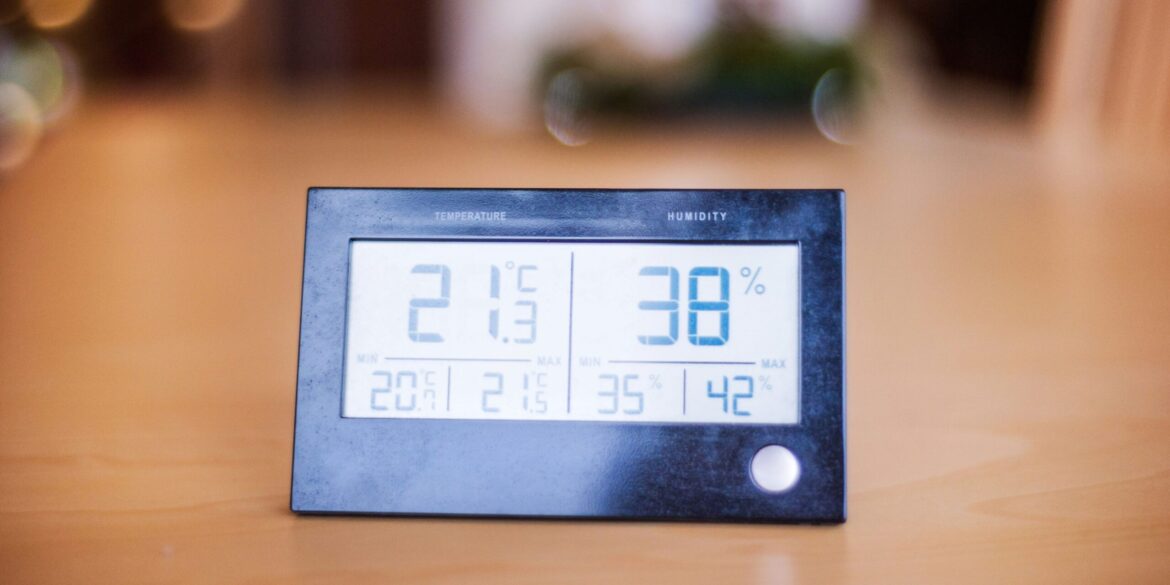On June 3, 2025, the National Oceanic and Atmospheric Administration (NOAA) issued a severe heat alert, predicting that the upcoming summer could be one of the most dangerous in decades due to widespread, above-average temperatures across the United States.
A Summer of Unprecedented Heat
As meteorological summer commenced on June 1, NOAA’s Climate Prediction Center released a forecast indicating significantly above-average temperatures across nearly the entire country, including parts of Alaska. This projection is driven by persistent atmospheric patterns, elevated sea surface temperatures, and the ongoing impacts of climate change.
The forecast suggests that no region in the contiguous United States is expected to experience cooler-than-average temperatures over the next three months. Areas such as the West, Southwest, Florida, and New England are projected to have a 70 to 80 percent chance of warmer-than-average conditions. These elevated probabilities signal a near-universal pattern of heat that is unusual in its scope and intensity.
Health and Infrastructure Risks
The anticipated extreme heat poses significant health risks, particularly in urban areas where the urban heat island effect can exacerbate temperatures. This phenomenon occurs when concrete and asphalt absorb and retain heat, creating hotspots in city environments. Heat-related illnesses and fatalities, which already surpass those caused by all other weather events combined, are expected to increase markedly.
Dr. Jane Smith, a NOAA climatologist, emphasized the seriousness of the situation: “The data indicates a high likelihood of prolonged heatwaves that could strain our infrastructure and pose serious health risks. It’s imperative that communities prepare accordingly.”
Moreover, the extreme temperatures could challenge the power grid’s capacity, leading to potential outages. During peak summer months, energy demand surges due to widespread use of air conditioning. Prolonged heat can also reduce the efficiency of power transmission systems, amplifying the risk of blackouts. Additionally, elevated temperatures are expected to worsen drought conditions and escalate the threat of wildfires, particularly in the western and southern regions of the country.
Regional Impacts
Texas and the Southwest
Texas is expected to face some of the most intense heat of the season. With forecasts indicating significantly higher than normal temperatures, the state may see declines in agricultural productivity. Early projections suggest that crop yields could fall by as much as 18 percent due to excessive heat and reduced soil moisture. Livestock operations are also at risk, with heat stress potentially affecting both animal welfare and meat production.
Northeast and Mid-Atlantic
Cities like Philadelphia and Washington D.C. are bracing for an unusually hot summer. In Philadelphia, more than half of the city’s residents live in areas classified as heat islands, where limited tree coverage and high building density drive up local temperatures. The city is expected to experience more days with temperatures above 90 degrees Fahrenheit than in a typical year.
Washington D.C. could see between 40 to 45 days reaching at least 90 degrees, well above the usual 34. The number of days hitting 100 degrees is also projected to increase, making this summer potentially one of the hottest on record for the capital region.
Long-Term Trends and Climate Change
The forecast aligns with a broader trend of increasing summer temperatures across the United States. Over the past five decades, summers have steadily warmed, with cities across the nation experiencing more frequent and intense heat events. In many areas, average summer temperatures have risen by several degrees, leading to longer and more extreme heatwaves.
This warming trend is a clear indicator of climate change and poses serious health risks, particularly to vulnerable populations. Children, the elderly, pregnant women, and those without access to air conditioning or stable housing are especially at risk. Urban areas are particularly susceptible due to the concentration of heat-retaining surfaces and a lack of green spaces.
In response to these trends, some cities have begun appointing chief heat officers to coordinate heat preparedness efforts. Strategies such as planting trees, installing cool roofs, and creating shaded public spaces are being implemented to reduce local temperatures and protect residents.
Preparing for the Heat
Given the forecast, it is crucial for individuals and communities to take proactive measures to mitigate the risks associated with extreme heat. Basic precautions include staying hydrated, limiting outdoor activity during peak heat hours, and checking on vulnerable neighbors.
Local governments are urged to set up cooling centers, distribute information on heat safety, and coordinate emergency services to respond swiftly to heat-related incidents. Long-term, urban planning efforts that prioritize climate resilience will be key to managing the risks of a hotter future.

